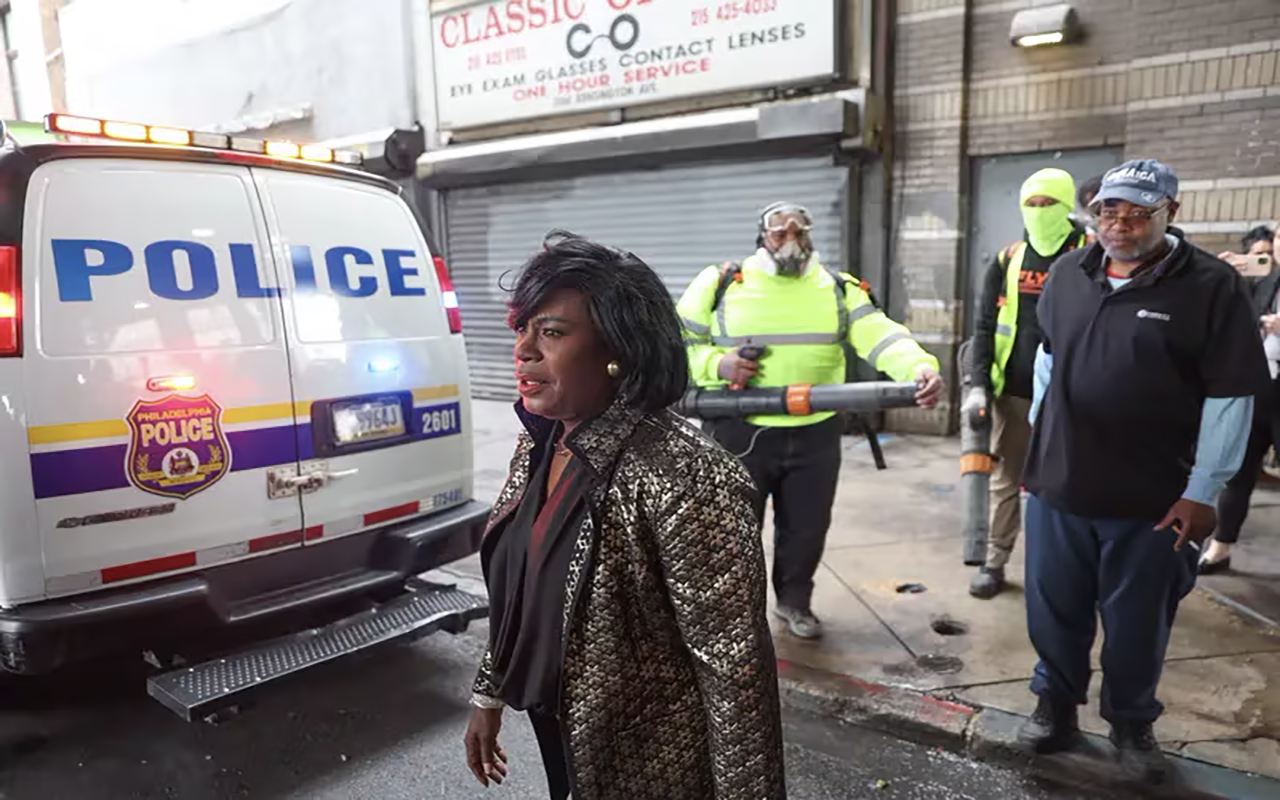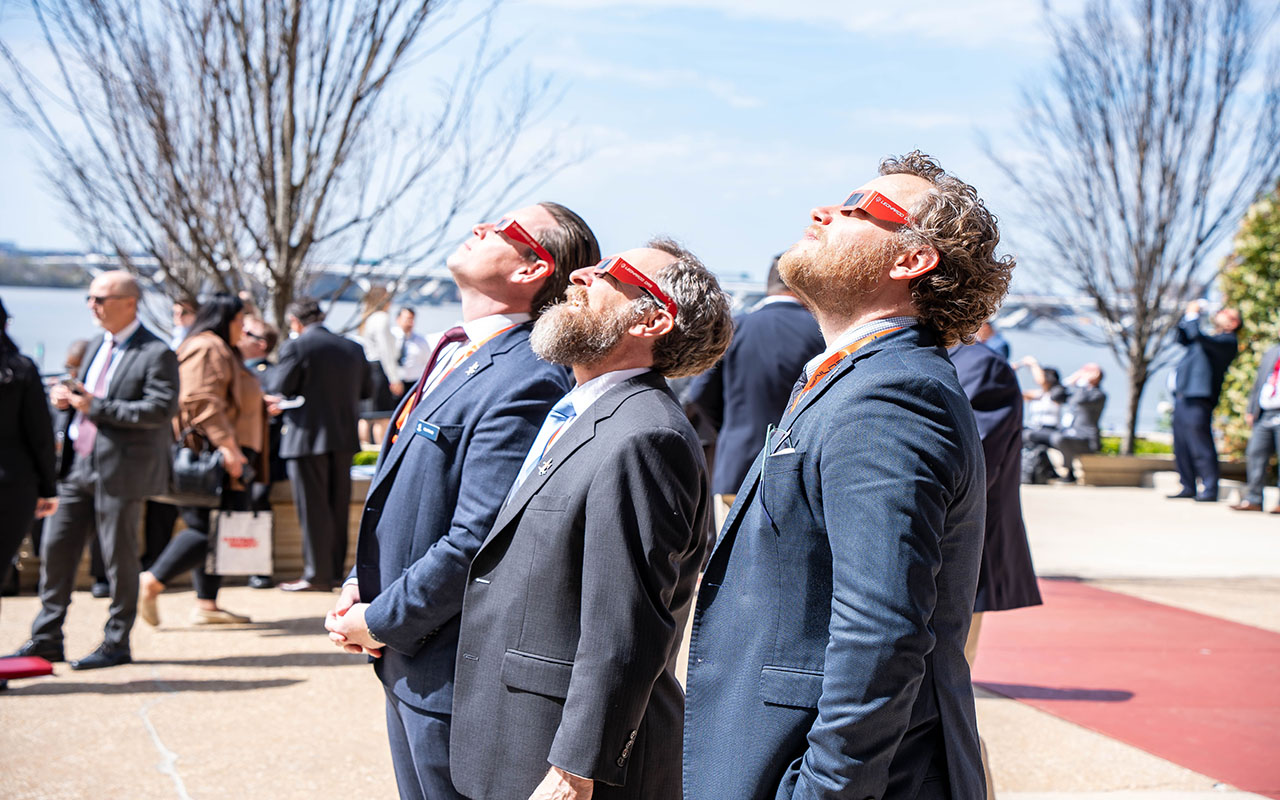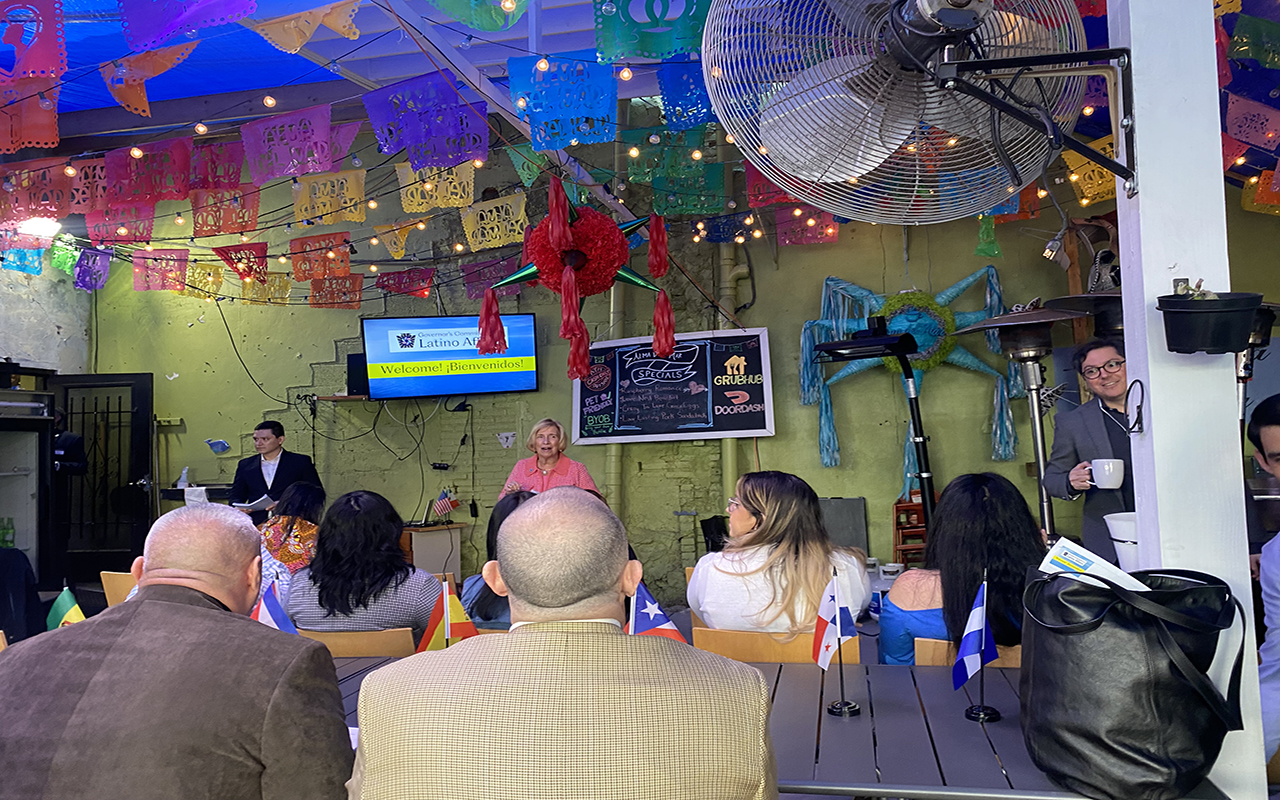
The Law of Averages
On average, Philadelphia is doing well, despite the long recession. Unemployment is high, but not as bad in some other areas of the country...
On average, Philadelphia is doing well, despite the long recession. Unemployment is high, but not as bad in some other areas of the country. Real estate prices are rebounding after sagging during the recession. The latest Census data indicates the city grew in population between 2000 and 2010, though that awaits official confirmation
But, keep in mind thestory about the statistician who drowned in a river that had an average depth of three feet.
Let's get away from averages, then, and talk about some of the deeper facts about the city.
Fact One. Philadelphia is getting poorer. You can use a variety of measures to see this. One is Median Household Income - the average amount of money a household brings in in a year. In inflation-adjusted dollars, MHI has declined in the last 10 years. It was $38,512 in 1999. It was $37,045 in 2009.
Among the city's racial and ethnic groups the story changes again, with whites doing best in terms of income, followed by Asians and blacks.Latinos are doing the worst. MHI among Latinos is $22,972 - about 40 percent below the city average. The Latino poverty rate is also the highest.
Latinos are the fastest growing segment of the population in the city, up 40 percent in this decade, due mostly to high birth rates and also some immigration from Mexico and Latin America.
Fact Two. The level of education is closely tied to the level of income. Mayor Nutter has made lowering the drop out rate a priority and it is easy to tell why. People without high school diplomas are consigned to the margins of the economy. There is recent data that confirms this. According to an analysis of 2009 labor statistics by the Center City District, unemployment among workers with high school degrees (14.8%) was more than two times higher than workers with college degrees (5.9%). Average yearly income among those with college degrees ($53,000) was double what it was for those who never graduated high school ($26,000.) Today, in Philadelphia, 21% of adults lack even high school degrees. Another 36% have high school diplomas, but no college experience.
Fact Three. The poor are getting poorer. Overall, the number of poor people in the city increased only slightly in this decade, rising from 23% of the population to 24%. But, poverty deepened within individual neighborhoods. The city's five poorest neighborhoods - Fairhill, North Philadelphia East and West, Kensington and Mantua all saw increases in the percentage of poor people. Poverty in these neighborhoods is both deep and persistent - facts that have not changed in the last 40 years. In all, there are 337,000 residents who live in poverty in Philadelphia. There is not a neighborhood within the city that does not have some poor.
Fact Four. Change is a constant. Ten years is not a long time in the life of a city, but change has come to a number of neighborhoods, both positive and negative.
To take one measure, these neighborhoods have seen a significant decline in their poverty levels: Bella Vista, Fairmount/Spring Garden, Northern Liberties/Fishtown, Powelton Village/West Powelton, Queen Village/Pennsport, Center City/East, University City and Schuylkill/Southwest Center City.
Most of these neighborhoods are within the expanding orbit of Center City, which spread its boundaries north and south during the decade. They are attracting new, more affluent residents.
On the other hand, these neighborhoods have seen a major increase in poverty levels: Oxford Circle/Castor, Tacony/Wissinoming, Olney, Frankford, Mayfair and Juniata Park/Feltonville.
Most of these neighborhoods are in the lower Northeast, which has undergone rapid population change in this decade - change that is likely to continue.
So, it should come as mo surprise that the Changing City is the theme of our Cover Stories in Metropolis over the next month. Running now are pieces on three major commercial strips that have changed over the last 10 years. Next week, we will profile three businesses - old and new - that reflect the changing city.
Finally, we will offer several pieces on neighborhoods that are at risk of decline, if not now then in the near future.
We have our blinders on when it comes to change. We view it through the prism of our memories, our prejudices and our personal histories. But a dymanic city is one that periodically remakes itself, even reimagines itself.
And Philadelphia is in the midst of being remad and reimagined. there's no denying that the process is a painful one -- as these stories will show. But we need to examine these changes dispassionately.
We need to understand the present of this city in order to understand how we can shape its future.










LEAVE A COMMENT:
Join the discussion! Leave a comment.